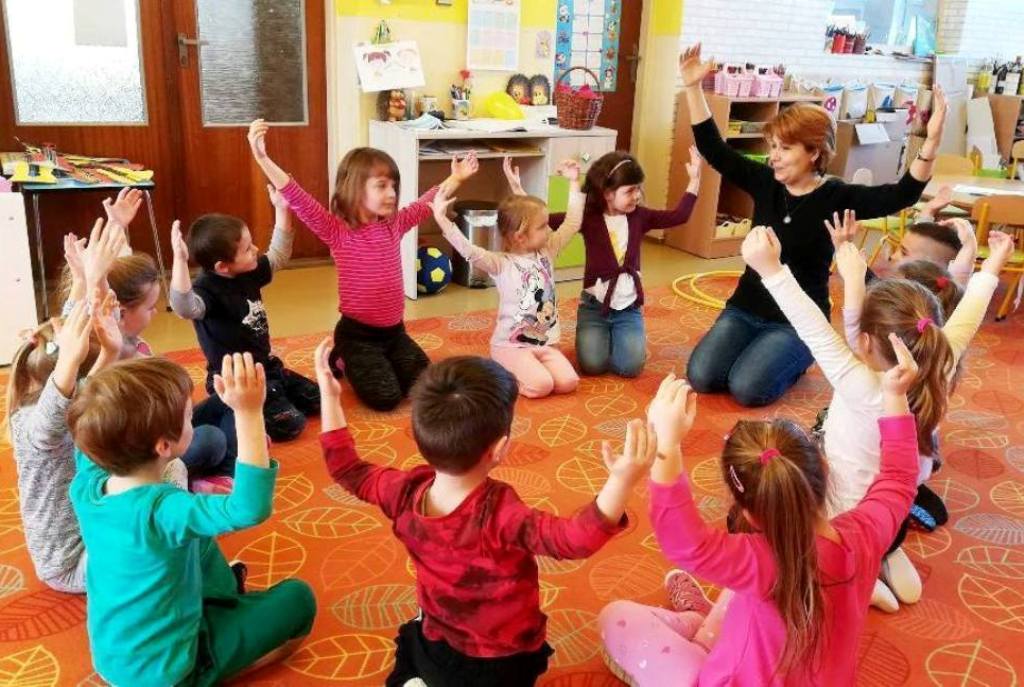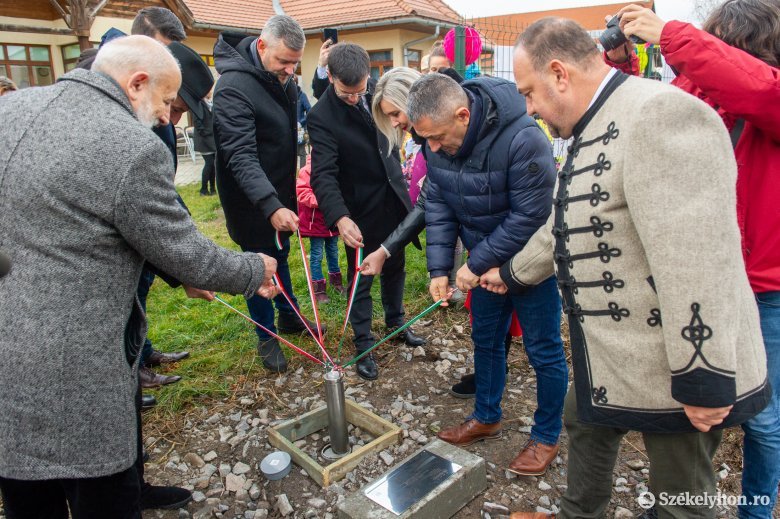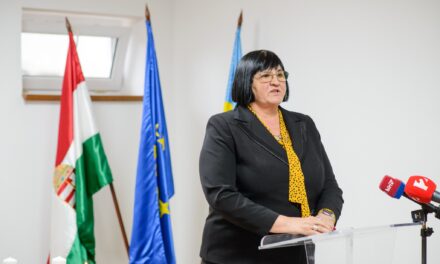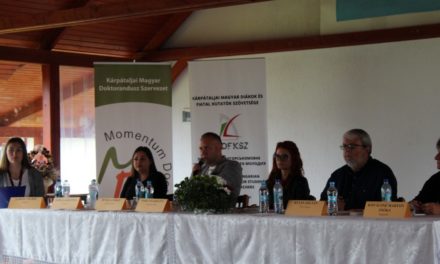The unified Carpathian basin means not only a unified Hungarian nation, history, language, and culture, but increasingly also a unified educational space - stated János Árpád Potápi, the State Secretary of the Prime Minister's Office responsible for national policy, in the Cserehát district of Székelyudvarhely on Saturday afternoon, after the Hungarian state the cornerstone of a kindergarten built with support.
Within the framework of the project coordinated by the Association of Hungarian Teachers in Romania (RMPSZ), a new building will be built next to the existing Ficánka kindergarten, which will provide long program kindergarten care and meals for three groups. There are plans to create a playground and a sports field in the yard. The investment is expected to cost HUF 180 million.

Kindergarten activity/illustration/Source/felvidek.ma
János Árpád Potápi said that 713 Hungarian kindergartens were renovated and 179 new kindergartens were built within the framework of the Hungarian government's kindergarten development program in the Carpathian Basin. Transylvania received more than HUF 33 billion, of which 103 new kindergartens were built and 376 were renovated. He also added that the program has reached its fourth stage and will continue.
Referring to next year's elections, he stated: "you can count on us, and we count on you."
Zoltán Kallós, the State Secretary responsible for national minority education at the Romanian Ministry of Education, thanked the Hungarian government for the support. He wished that the children would be able to spend happy years in the kindergarten that is now being built, and that their children would be able to attend it.
Mayor Árpád Gálfi expressed his hope that Hungary will continue to have a national government and that cross-border developments will continue.
Zoltán Szász, the president of the Udvarhelyszék organization of the RMPSZ, recalled: Cserehát in Székelyudvarhely became known throughout the Carpathian Basin because in the 1990s, the Romanian government established a nunnery, a Romanian orphanage, and a Romanian high school in the district with the aim of changing the ethnic proportions. He noted: the Romanian high school started with one class per year, today it operates with three parallel classes, mostly with Hungarian children.
"We don't see the future in this," declared the teacher, who emphasized the importance of institution-building and education in the mother tongue.
As part of the Saturday ceremony, a time capsule was also placed in the foundation stone, in which, among other things, the handprints of kindergarten children were placed.
Source: magyarhirlap.hu












